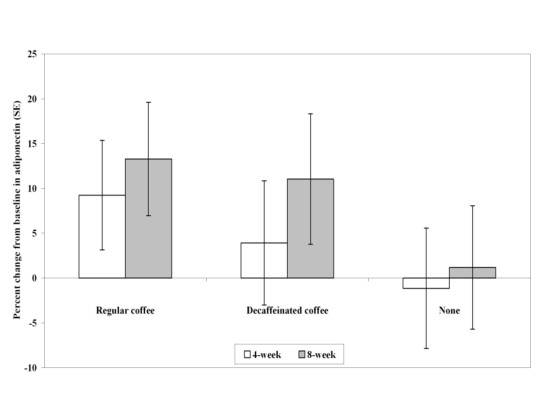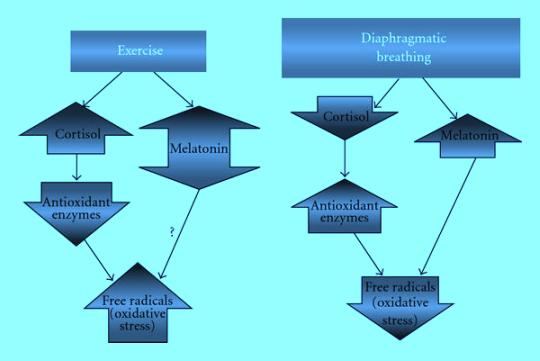Are You Unknowingly Poisoning
Yourself and Your Family?

Would your house pass a healthy home inspection?
Are the household products in your home safe?
Perhaps, you can think of two or three products in your house that are hazardous to your health if they aren't handled properly. Maybe you are thinking of the paint thinner and the bug spray in your utility room closet.
But, have you ever thought about the personal care products or the cleaning supplies that you use?
Most people don’t realize that if they are buying bleach, air fresheners, dish detergent, laundry detergent, disinfectants, other household cleaners and some personal care products that they may be unknowingly slowly poisoning themselves and their loved ones.
Safety conscious parents think their families are safe and that they have a healthy home when poisonous products are put up high on shelves in closed closets or in locked cabinets. But, did you know that most of the poisonings of small children happen from common everyday household products that are within reach?
According to the American Association Poison Control Centers, a child is poisoned in the United States every 30 seconds! Liquid dish soap is one of the leading causes of poisonings in children under six! (There is an estimated 2.1 million accidental poisonings per year.)
In 2001 and 2002, over 1 million children under six were poisoned. 69,000 children were exposed to or poisoned from common household pesticides and 26,338 were exposed to or poisoned by bleach.
Most common name brand dish detergents contain formaldehyde and ammonia. Are you using a top selling brand? If so, you are exposing yourself and your family to these two toxic chemicals on a consistent basis.

Are you surprised to learn that dish soap contains formaldehyde? Unfortunately, a lot of products do, and we don’t know it because there are many chemical name variations that we don’t recognize. Often times, “trade names” are used to disguise harmful chemicals. Other trade names for formaldehyde are methanal, methyl aldehyde and methylene oxide.
Another product that is very hazardous and does not pass a healthy home inspection is common air fresheners. According to the U.S. Environmental Protection Agency, there are four main ingredients in many air fresheners and they are formaldehyde, petroleum distillates, p-dichlorobenzene, and aerosol propellants.
The EPA states that air fresheners are strong irritants to eyes, skin and throat and can cause death if eaten. Do we want to be breathing such toxins? Not to mention the threats to pets and children.

Indoor air pollution is 2-5 times higher inside our homes than it is outdoors, states the EPA. Is it any wonder that asthma rates have sky rocketed? Not to mention allergies, cancer, chemical sensitivities, childhood diseases and the list goes on and on.
It really is time to stop and take a look at the products we are surrounding ourselves with and the environment that we are creating inside and outside. Everyone can make a difference by just taking small steps to make their homes "healthy homes".
What's on Your Skin?
Perhaps, right now you’re thinking, “Okay, I want a healthy home, so I need to look into natural cleaners.”
But, did you know that the personal care products you are using are just as guilty for toxic chemicals?
Yes, even products like shampoos, deodorants and other products we put on our skin have toxic chemicals, and again, formaldehyde rears its ugly head in some of them!
Our skin is the largest organ of our body, and it is a big sponge. If you are using products with unhealthy ingredients, your skin is absorbing toxins on a daily basis. (Think about how the pharmaceutical companies have been dispersing some drugs lately, through skin patches! Yes, our skin is very absorbent.)
So, from pesticides on your food, chemicals in your water and then, chemicals from products used throughout the day and on a daily basis, you can see that it all adds up. Still think you have a healthy home?
Terribly, children have been poisoned and some have died from ingesting such products as shampoo. Most people don’t even stop to think it could happen from such a product.

Where do you keep the pesticides in your home? In the garage? How about in your kitchen, laundry room or in your bathroom?
If you are using bleach, or common brand name disinfectants, you are using pesticides.
Do you swim in swimming pools? Chances are unless the pool is being maintained with a healthy alternative, you are swimming in pesticides! Yes, pool chemicals along with bleach and disinfectants are listed by the EPA as pesticides.
“Cide” in pesticide means “to kill”. Most of us know that pesticides, because they are lethal, are used to kill pests such as bugs, insects and rodents.

Do you still want to use toxic disinfectants to spray down surfaces you touch everyday? How about spraying high chairs and children’s toys with a pesticide?
How much of these poisons are children ingesting or absorbing when they put fingers, toys or food in their mouths after the item has touched or been sprayed with toxic chemicals?
Consumers Can Change
Many people believe that the government protects them from exposure to harmful chemicals through laws and regulations, but this is not the case. Companies are left to their own ethics as to what they will put in their products. There is no law requiring manufacturers to list the exact ingredients on consumer product labels.
Government legislation or regulations may not be the answer, because the amount of products and chemicals currently on the market is so vast that trying to regulate it all would surely be a nightmare.

However, we as consumers can change what we buy and send a strong message to companies that we won’t purchase their toxic brews. Then perhaps, we can get these horrible toxic products off the shelves and safer and healthier ones in their place. Vote with your pocket book and choose better products and have a healthy home.
Since World War II, approximately 70,000 chemicals have been introduced into the market place and the environment AND only a small fraction of these have ever been tested for dangerous side effects. The effects these chemicals have when they interact together is also not known. Isn’t it time we stop bringing these chemicals into our homes, businesses, schools, daycares and our environment?
So as you can see, what you don't know can hurt you. Find out about the products in your home. Awareness is the first step. Be able to relax in your healthy home knowing that it's not only benefiting you and your family but also your neighbors and the environment.
Safer Products
There ARE safer and healthier products available that are high quality, work superbly, and generally because they are more concentrated, the average cost "per use" is better than grocery store brands.
So, did you pass the healthy home inspection?
Are you hurting your body without
even knowing it?
Learn what negative influences you should be
avoiding to protect yourself!
Take the first step to a NEW and IMPROVED YOU, and request my Natural Health Girl Newsletter...
CLICK HERE to Find Your NEW Favorite Products to Improve the Health of Your Home and Body!
Return from Healthy Home to the
Natural Health Girl Home Page
Source: www.natural-health-girl.com



 If you enjoy this post, please share it using the buttons in the post, or email it to a friend, we'd really appreciate it!
If you enjoy this post, please share it using the buttons in the post, or email it to a friend, we'd really appreciate it!  For those who associate Chia seeds with funny Chia Pets, a discussion of the health benefits of Chia seeds may seem a little odd. But
For those who associate Chia seeds with funny Chia Pets, a discussion of the health benefits of Chia seeds may seem a little odd. But 


 [Font too small?]
[Font too small?] 



